
- Plants
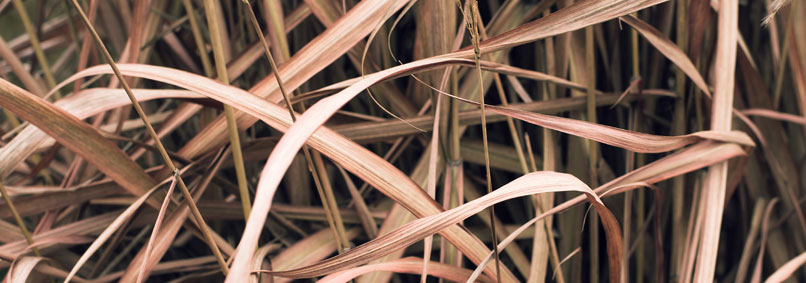
The Corru S’Ittiri lagoon lies parallel to the coastline of the Gulf of Oristano, separated from the open sea by a high stretch of dunes where psammophile plants, which have adapted to the sandy environment, grow. These include the Ammophila grass species (Ammophila arenaria), as well as the Pancratium or sea lily (Pancratium maritimum), sea rocket (Cakile maritima), and the three-horned stock (Matthiola tricuspidata).
The Corru Mannu pond, featuring halophyte salt-tolerant plants, is located in the lagoon area. The salt concentration means that only plants adapted to this type of environment can survive. The expanses of Salicornia in the temporary areas of Corru Mannu act as feeding and reproduction areas for the birdlife.
The vegetation in the lagoon areas mainly consists of Ruppia sp. and Zostera sp.
There are clusters of Salicornia sp., Atriplex portulacoides and Spartina sp. along the shores of Corru S’Ittiri.
To the north of the lagoon, in the Pauli Pirastu pond, the fresh water vegetation consists of reed (Phragmites australis), Typha (Typha angustifolias), and Tamarisk (Tamarix africana) with very occasional occurrences at Corru S’Ittiri.
Along the trail that leads to the two ponds is a pine forest and Mediterranean scrub, where you can admire Mastic (Pistacia lentiscu), Phillyrea (Phillyrea angustifolia), very colorful broom (Calicotome spinosa), and various species of rockrose (Cistus sp.).
The pine forest and extensive halophyte grasslands are part of the “Coastal areas of significant botanical interest for the drafting of Sardinia’s Landscape Plans” and the “System of areas of botanical interest for the protection of Sardinia’s floral biodiversity”.
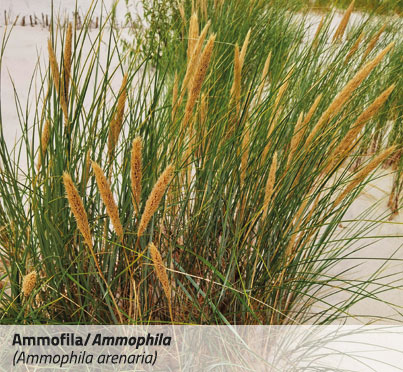
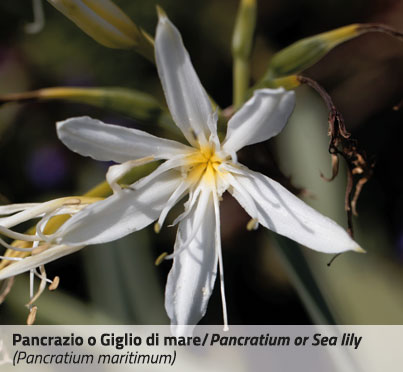
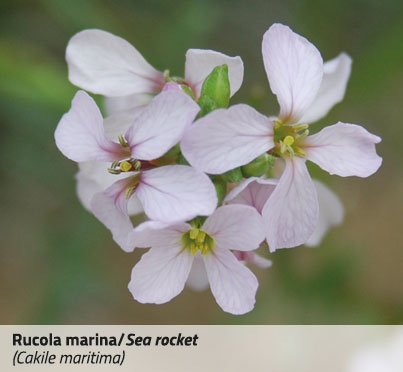
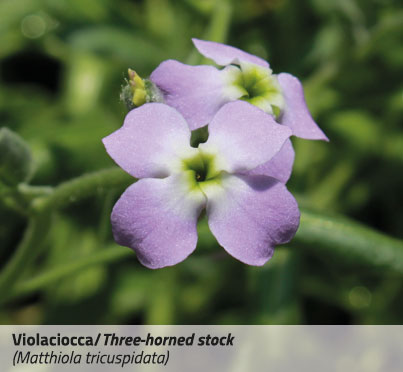
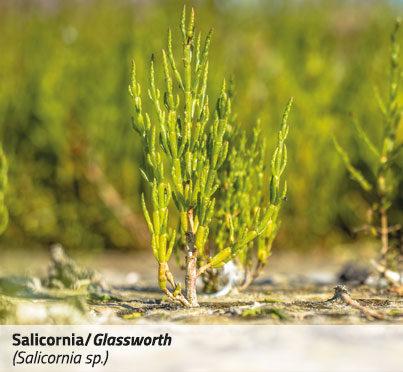
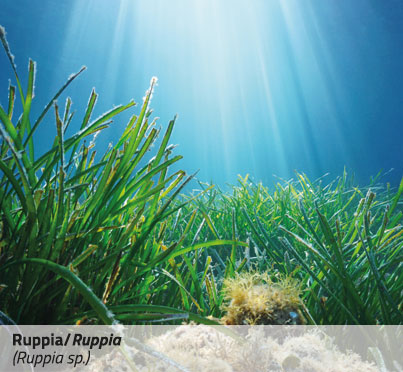
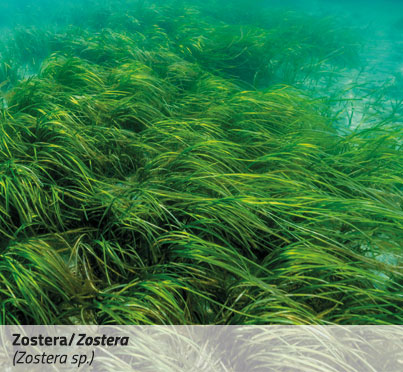
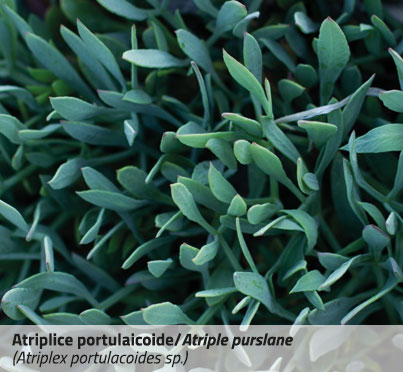
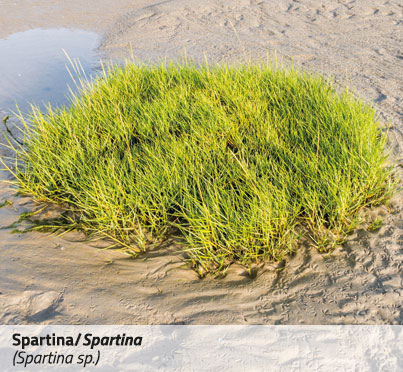
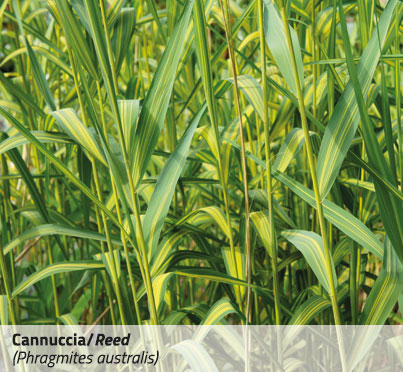
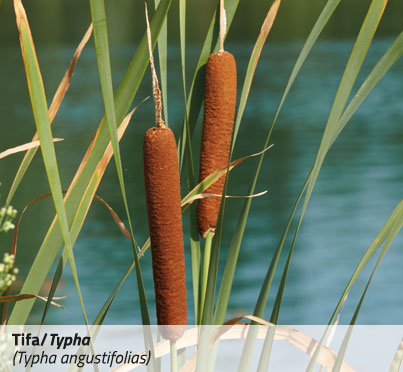
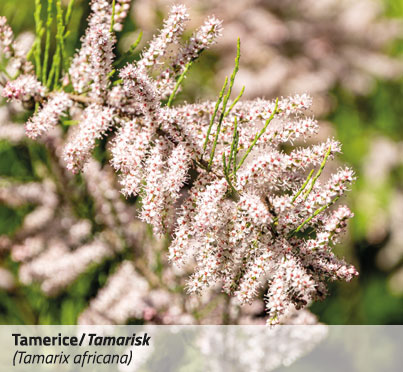
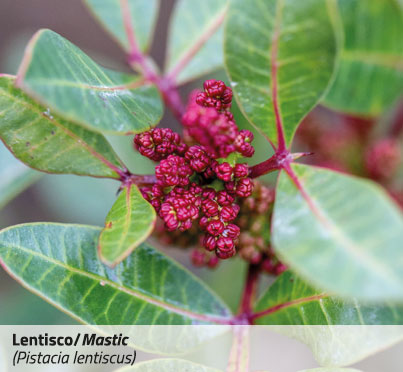
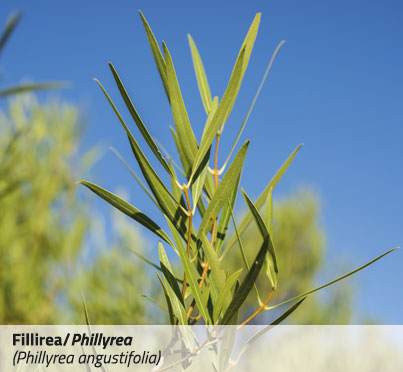
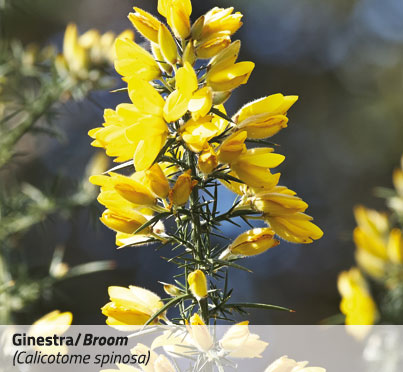
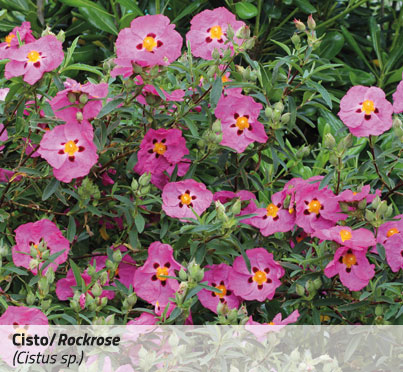
Discover the Corru Mannu trail
- RAMSAR site
- Gilthead sea bream farm
- Plants
- Birdlife
- Mussel shell island
- The MEDSEA Blue Eco Lab bench
- Corru Mannu: fishing and nature
- Nieddittas: the history
- Nieddittas mussels
